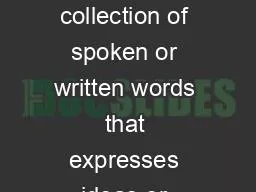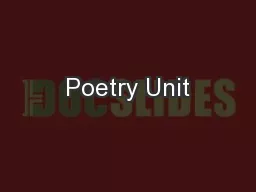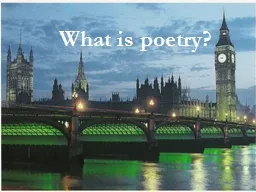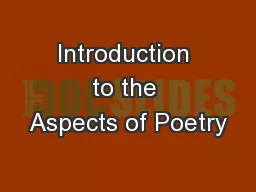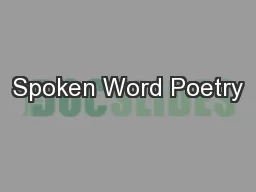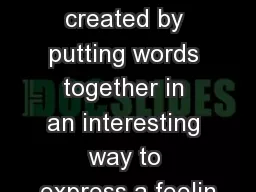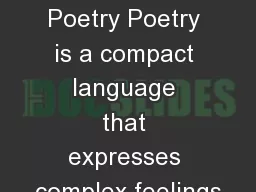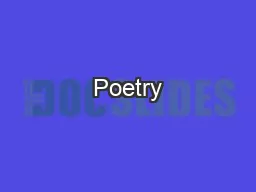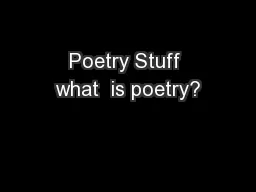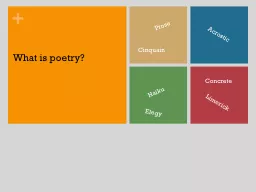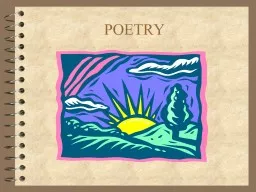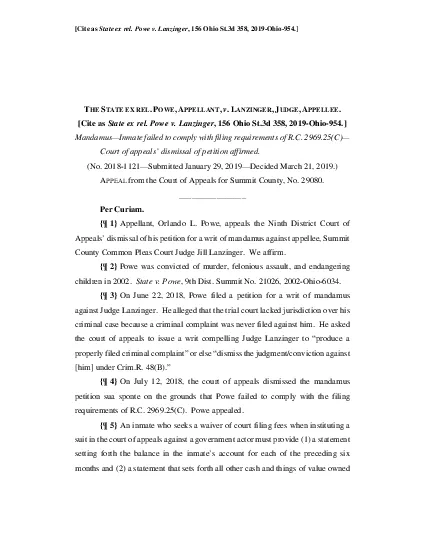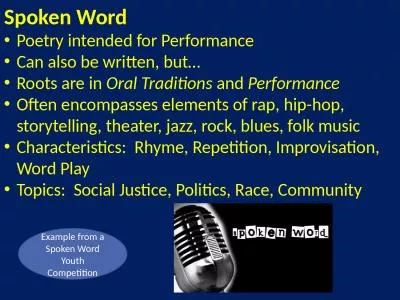PPT-Poetry A poem is a collection of spoken or written words that expresses ideas or emotions
Author : bitechmu | Published Date : 2020-06-22
httpswwwyoutubecomwatchvLNFHafaZvE8 Poetry Whether telling a story capturing a single moment or describing nature in a completely new way poetry is the most musical
Presentation Embed Code
Download Presentation
Download Presentation The PPT/PDF document "Poetry A poem is a collection of spoken ..." is the property of its rightful owner. Permission is granted to download and print the materials on this website for personal, non-commercial use only, and to display it on your personal computer provided you do not modify the materials and that you retain all copyright notices contained in the materials. By downloading content from our website, you accept the terms of this agreement.
Poetry A poem is a collection of spoken or written words that expresses ideas or emotions: Transcript
Download Rules Of Document
"Poetry A poem is a collection of spoken or written words that expresses ideas or emotions"The content belongs to its owner. You may download and print it for personal use, without modification, and keep all copyright notices. By downloading, you agree to these terms.
Related Documents

